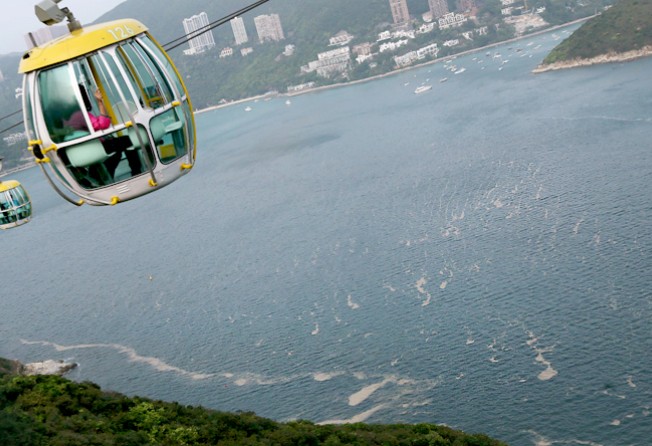
Mainland sewage fuelling Hong Kong's 'red tides'

Sewage from the mainland is fuelling an increase of harmful algal blooms - known as red tides - in Hong Kong waters, according to a leading scientist.

The news comes as the high season for red tides in Hong Kong begins, fuelled by a combination of nutrients in the water and warming seas.
Within the last fortnight brown algae been spotted across the territory - off Lamma Island, Cheung Chau, Lantau and within Victoria Harbour.
Agriculture, Fisheries and Conservation Department staff said they had spotted red tides at fish culture zones within Tolo Harbour, Sha Tau Kok and Tai Mei Tuk, while a member of the public reported another at Pak Sha Wan in Sai Kung.
"The economic boom across the border leads to more sewage discharge into the sea and rivers, and in the right seasons [the nutrients] come down to us. So this is no longer a local phenomenon but a regional one," Ho said.
Most algae feed on nutrients such as phosphates or nitrates that are commonly found in cities' wastewater. At the right temperature, well-fed algae will proliferate in a short period of time.
Ho said Hong Kong was sandwiched by the Pearl River in the west and Mirs Bay in the east and these were the two key origins of red tides in local waters.
As a result, Tuen Mun, Lantau, Tolo Harbour and Sai Kung were becoming increasingly prone to the phenomenon.
There have also been recent reports of large amounts of seaweed being washed onto beaches in South Lantau.
A spokeswoman for the Agriculture, Fisheries and Conservation Department said it would announce today whether tests had found the algae off Lamma Island to be toxic.
Algal blooms usually occur in late spring and early summer when warm water rises up from the sea or river bed, bringing nutrients with it, said Ho.
Recent storms may also have aggravated the problem as rain flushes nutrients from the land into the sea.
In 1998, a red tide killed 80 per cent of the stock at Hong Kong fish farms.